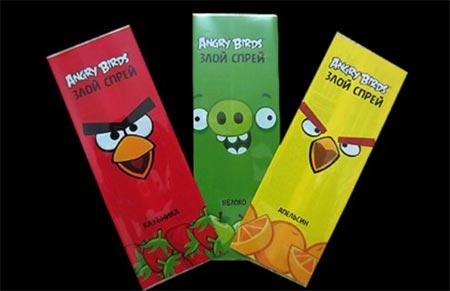What are the disadvantages of shrink sleeves?
May 16,2024 | Views: 599
Shrink sleeves, while versatile and widely used in packaging, do come with a few disadvantages:
Higher cost: Shrink sleeves can be more expensive compared to other packaging options like labels or direct printing. The cost involves not just the material but also the machinery needed for application.
Environmental concerns: Many shrink sleeves are made from PVC (polyvinyl chloride), which is not easily recyclable and can contribute to environmental pollution if not disposed of properly. However, there are eco-friendly alternatives available.
Tampering concerns: While shrink sleeves can provide tamper-evident packaging, they can also be susceptible to tampering if not properly applied or sealed.
Limited graphics: Shrink sleeves provide a 360-degree canvas for graphics and information, but this can also be a disadvantage if not utilized effectively. Designers need to consider how the design will appear when shrunk onto the product, which may limit creativity in some cases.
Despite these disadvantages, shrink sleeves remain popular due to their ability to create eye-catching packaging, provide tamper-evidence, and accommodate unique container shapes. Advances in materials and application technologies continue to address some of these drawbacks.
Prev: Does heat shrink sleeve work?
Next: What can I use instead of shrink sleeves?
Higher cost: Shrink sleeves can be more expensive compared to other packaging options like labels or direct printing. The cost involves not just the material but also the machinery needed for application.
Environmental concerns: Many shrink sleeves are made from PVC (polyvinyl chloride), which is not easily recyclable and can contribute to environmental pollution if not disposed of properly. However, there are eco-friendly alternatives available.
Compatibility issues: Shrink sleeves may not be compatible with all packaging materials or product shapes. Certain materials or shapes might not respond well to the heat shrinking process, leading to wrinkles or uneven application.
Tampering concerns: While shrink sleeves can provide tamper-evident packaging, they can also be susceptible to tampering if not properly applied or sealed.
Limited graphics: Shrink sleeves provide a 360-degree canvas for graphics and information, but this can also be a disadvantage if not utilized effectively. Designers need to consider how the design will appear when shrunk onto the product, which may limit creativity in some cases.
Despite these disadvantages, shrink sleeves remain popular due to their ability to create eye-catching packaging, provide tamper-evidence, and accommodate unique container shapes. Advances in materials and application technologies continue to address some of these drawbacks.





